QUESTION:
Should women pray their Salah exactly the same way as men or is there a difference? Please explain this in detail to clarify any doubts in the minds of people.
ANSWER:
Salah is undoubtedly the most important of worships, the method for women is different from men in certain things.
“ إن المرأة تخالف الرجل في عشر خصال ”
Trans: “The Salah of a woman is different to that of a man in ten things”
[Al-Bahr-ul-Raiq vol 1 pg. 561]
1. In takbir tahrimah women should lift their hands only to their shoulders;
2. In qiyam (whilst standing) women should place their right hands above their left just beneath their chests;
3. In ruku (bowing) they should place their hands on their thighs so that their finger tips reach their knees;
4. They should not spread their arms out in sajdah (prostration) instead keep them close to their sides;
5. Women should sit in the Tashahud position with their left foot pointing towards the right and place their buttocks on the ground;
6. In ruku they should not spread their fingers out;
7. In sajdah their stomachs should be touching their thighs;
8. Women cannot lead men in jama’ah (congregation);
9. It is also makruh (disliked) for women to do jama’ah amongst themselves, but if they do then;
10. The female Imam should stand in the middle of the first row, not ahead of everyone else (like a male imam).
11. Also they should not press the toes of both feet on the ground;
12. It is not preferable (mustahab) for them to wait for Fajr until it is light outside;
13. In jahri (recite aloud) prayers it is not mustahab for them to recite loudly.
These differences are mentioned in sacred ahadith such as;
1. وکانت صفية و نساء ابن عمر رضي الله عنهم يجلسن متربعات لأن ذالک استرلهن
Trans: “Sayyidatuna Safiyyah and the wives of Sayyiduna Ibn Umar used to sit with their legs crossed because there is less exposure (more concealment) in this”.
2. عن سلمة الامة کالرجل في رفع اليد و کالحرة في الرکوع و السجود والقعود
Trans: “Sayyidatuna Salamah reports that a slave girl should raise her hands in takbir like a man but she should do ruku, sajdah and qu’ud like a free woman”.
[Al-Binayah Imam ‘Aini vol 2 pg 264]
3. إذا سجدتما فضما :أنه عليه الصلاة والسلام مر علي امرأتين تصليان فقال بعض اللحم إلي الأرض فإن المرأة ليست في ذالک کالرجل رواه أبوداؤد في مراسيله
Tans: “The Holy Prophet (peace and blessings of Allah be upon him) passed by two women praying Salah so he said ‘when you both perform sajdah keep your bodies pressed to the ground because the Salah of a woman is not like that of a man’.”
[Al-Bahr-ul-Raiq vol 1 pg 56]
4. Imam Baihaqi reports the following marfoo’ hadith: إذا سجدت المرأة الصقت بطنها بفخذها کاستر ما يکون لها
Trans: “When a woman performs sajdah she should make her stomach touch her thigh because there is more concealment (sitr) in this for her”. Allamah Laqhnawi mentioned this issue in detail in his famous book: السعايه حاشيه شرح الوقايه
5. عن ابن عمر رضي الله عنه أنه سئل کيف کانت النساء يصلين علي عهد رسول الله صلى الله عليه وآله وصحبه وسلم قال کن يتربعن ثم أمر أن تحتفزن و کذا عن رضي الله عنه
Trans: “Sayyiduna Ibn Umar رضي الله عنه was asked how women used to pray in the time of the Holy Prophet (صلى الله عليه وآله وصحبه وسلم) He replied, ‘they used to sit with their legs crossed, then they were told to sit with their bodies close together”.
[Musnad Imam-e-A’zam]
In fact the Jurists have emphasised it is more important for women to cover and conceal themselves in Salah than to perform qa’dah in the sunnah way.
مراعاة فرض الستر أولي من مراعاة سنة القعدة و قد حکي بعضهم علي هذا (التعليق المجلى على منية المصلى) الإجماع
Allah تعالى is most knowing.
Answered by Mufti Shams ul Huda Misbahi
Translated by Mawlana Muhammad Rashid Madani
Also see [Q-ID0129] Should women and men pray in the same manner?



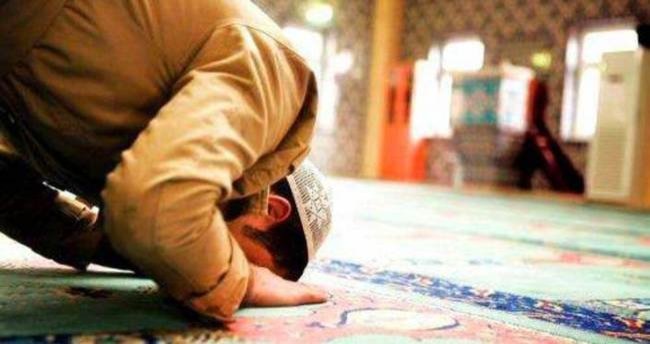




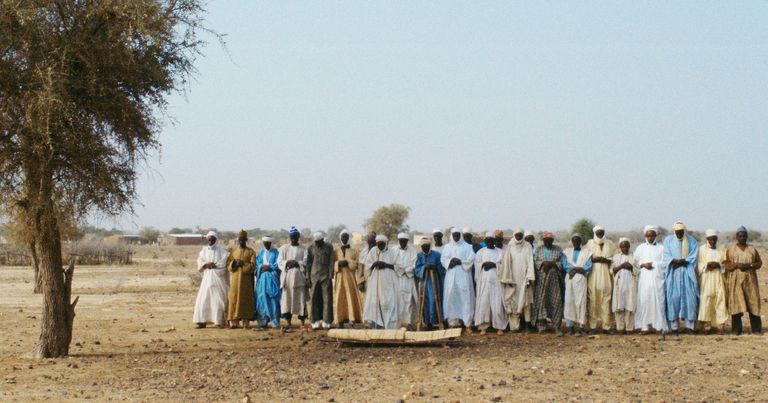





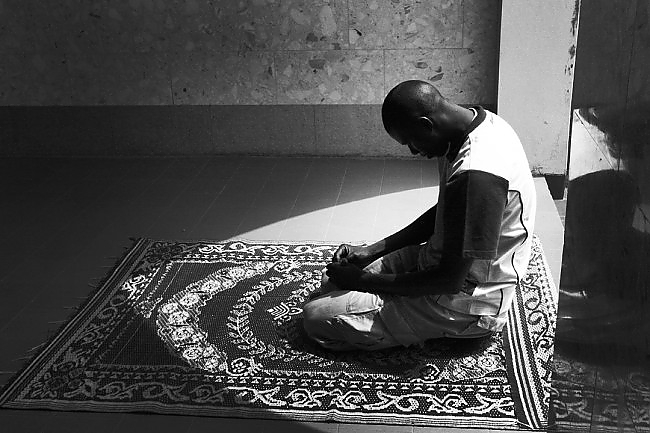






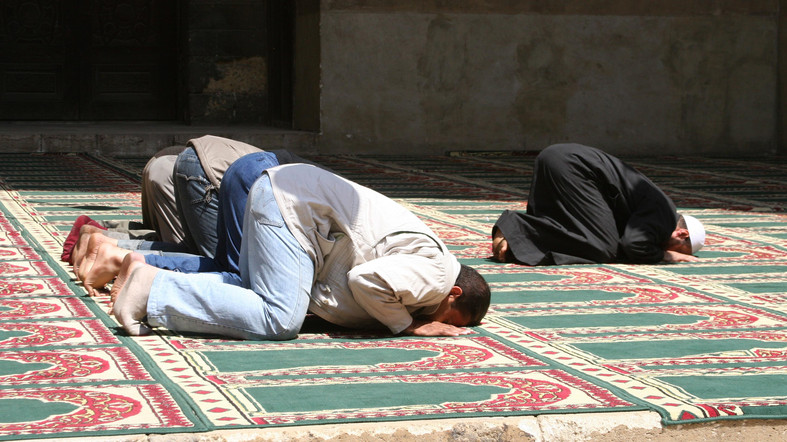



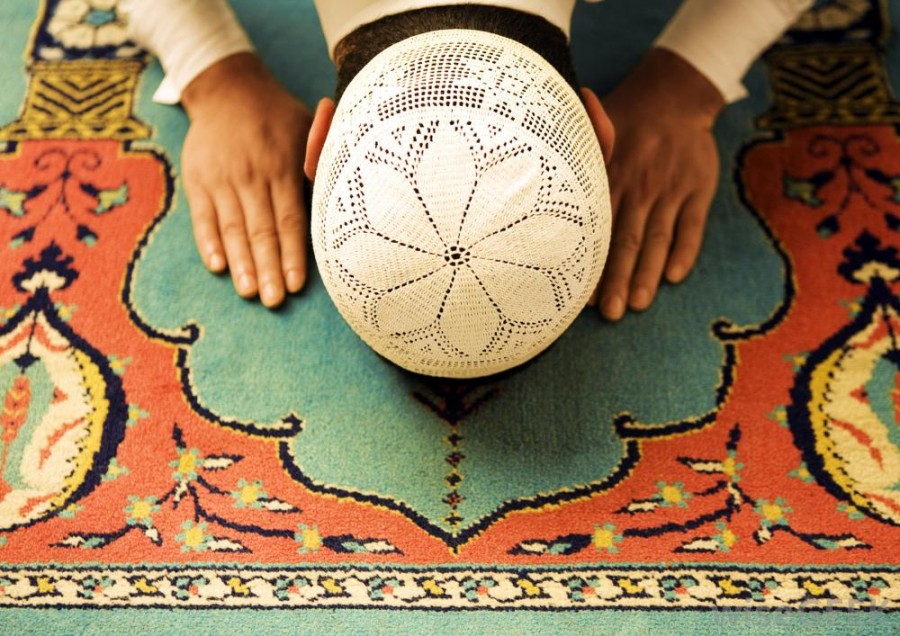

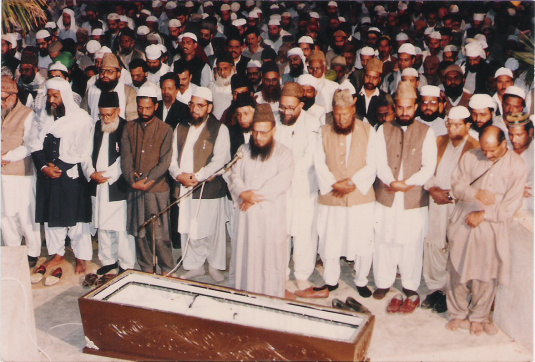




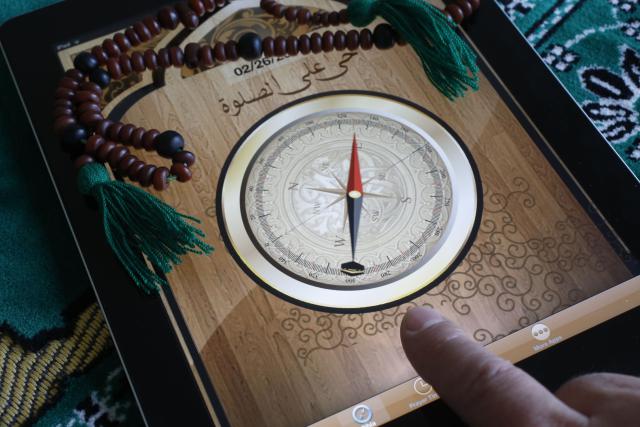


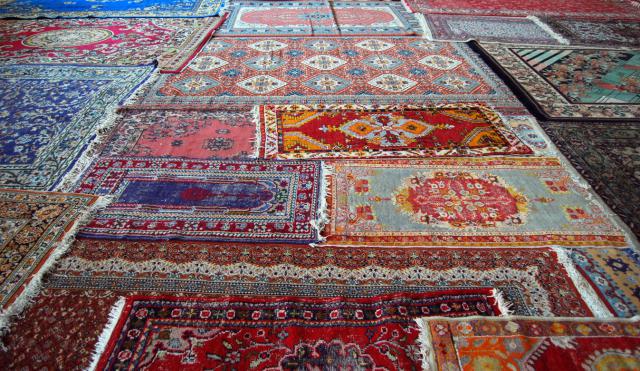

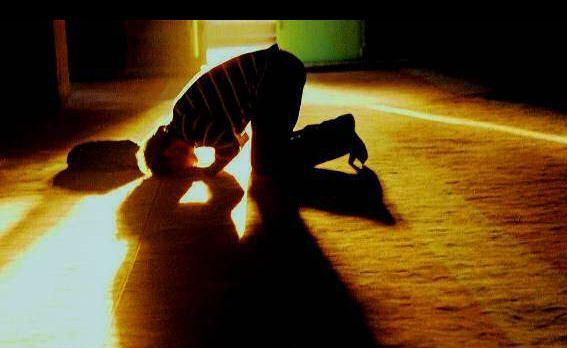
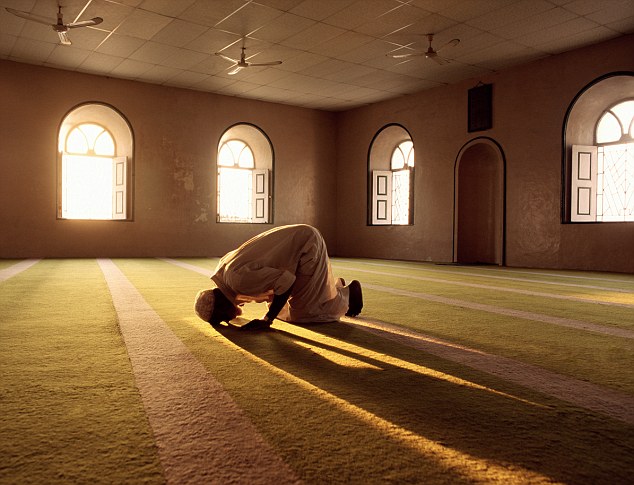
![[Q-ID0220] I’ve never prayed in my life, from when do I calculate how many prayers I need to make up (qada)?](http://www.seekerspath.co.uk/wp-content/themes/hueman-pro/assets/front/img/thumb-medium-empty.png.pagespeed.ce.q0RS_Oe2Ar.png)









